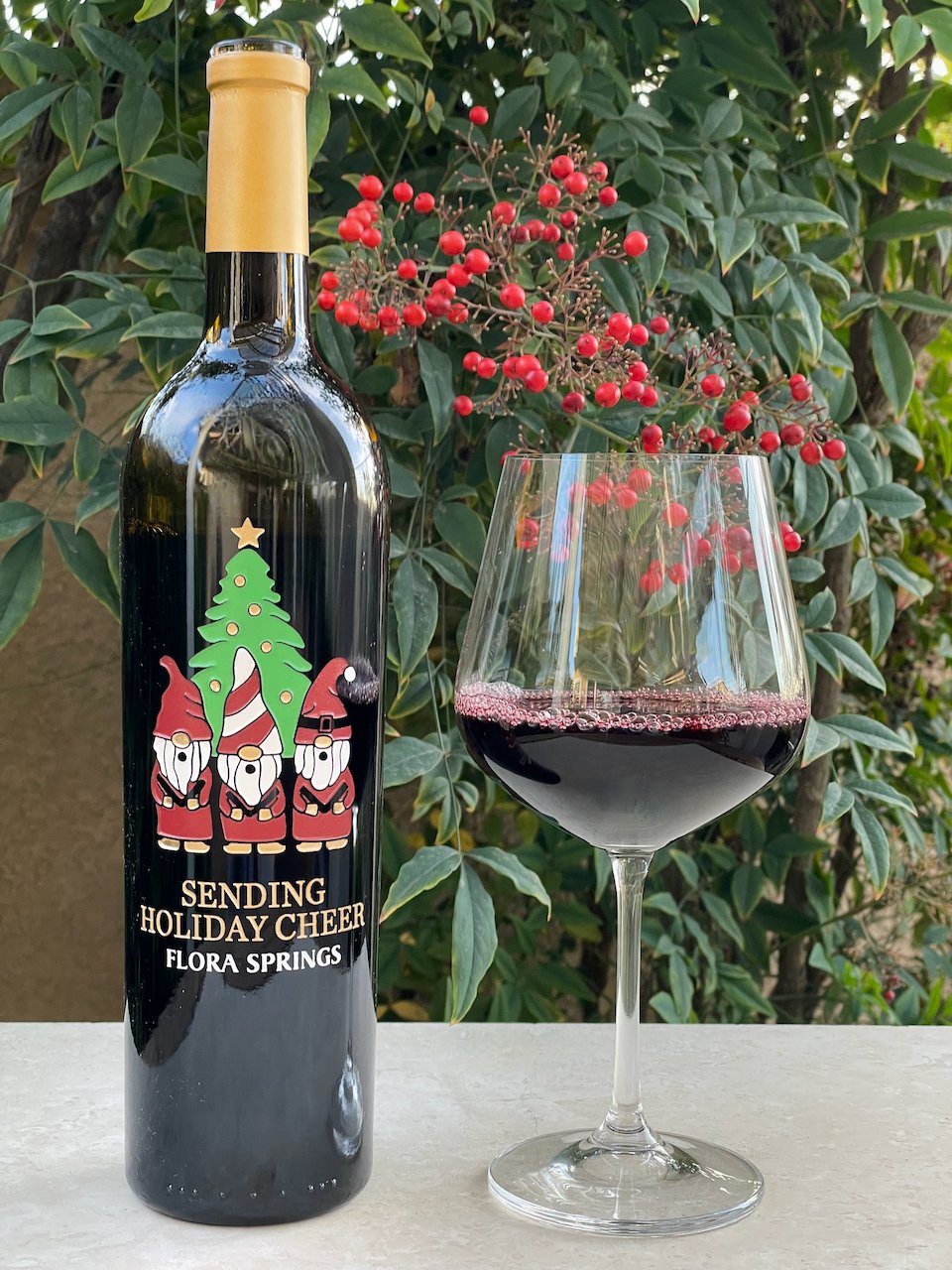An up-coming Behind the Cork™ will feature a sparkling wine that is labeled as “Crémant de Bourgogne.” One might assume that this title indicates a style of sparkling wine. But, actually, no. Crémant de Bourgogne is actually the appellation for sparkling white and rosé wines that are produced in Burgundy France.
Crémant (pronounced "cray-mont") covers all French sparkling wines produced outside the boundaries of the Champagne region.
The two main grape varieties grown in Burgundy are Pinot Noir and Chardonnay. Gamay, Pinot Gris and Aligoté are also grown in the region, but on a smaller scale.
Sparkling wines labeled “Crémant de Bourgogne” must be produced from a minimum of 30% of any combination of Chardonnay, Pinot Blanc, Pinot Gris and/or Pinot Noir with no more than 30% Gamay included in any wine.
As stated earlier, sparkling wines labeled “Crémant de Bourgogne” must be grown in land covered by the Crémant de Bourgogne appellation. And, this appellation is large! It covers nearly 5,000 acres from the Grand Auxerrois and environs, in the north, to the southern extremes of Beaujolais. It also includes the villages of the Cotes de Beaune and Cotes de Nuits.
All sparkling wines of Crémant de Bourgogne are made in the methode traditionelle where the second fermentation is done in the bottle.
Crémant de Bourgogne is produced in various levels of sweetness ranging from Brut Nature (no sugar added) to Doux (more than 50 gm/L of sugar). In the U.S., you will probably find either Brut (6-12 g/L) or Extra Brut (less than 6g/L).
So, next time you are looking for a bottle of sparkling wine to enjoy, look for “Crémant de Bourgogne” on the label. Cheers!







